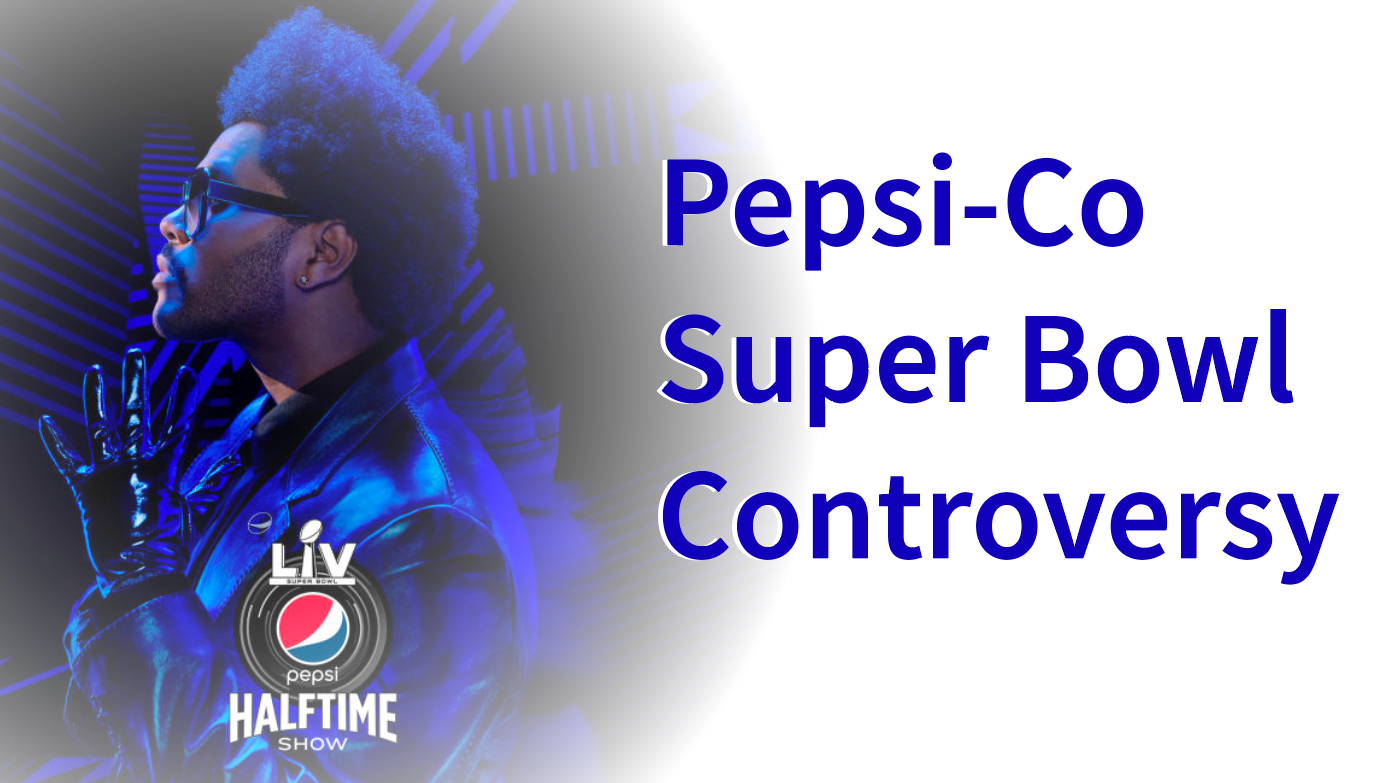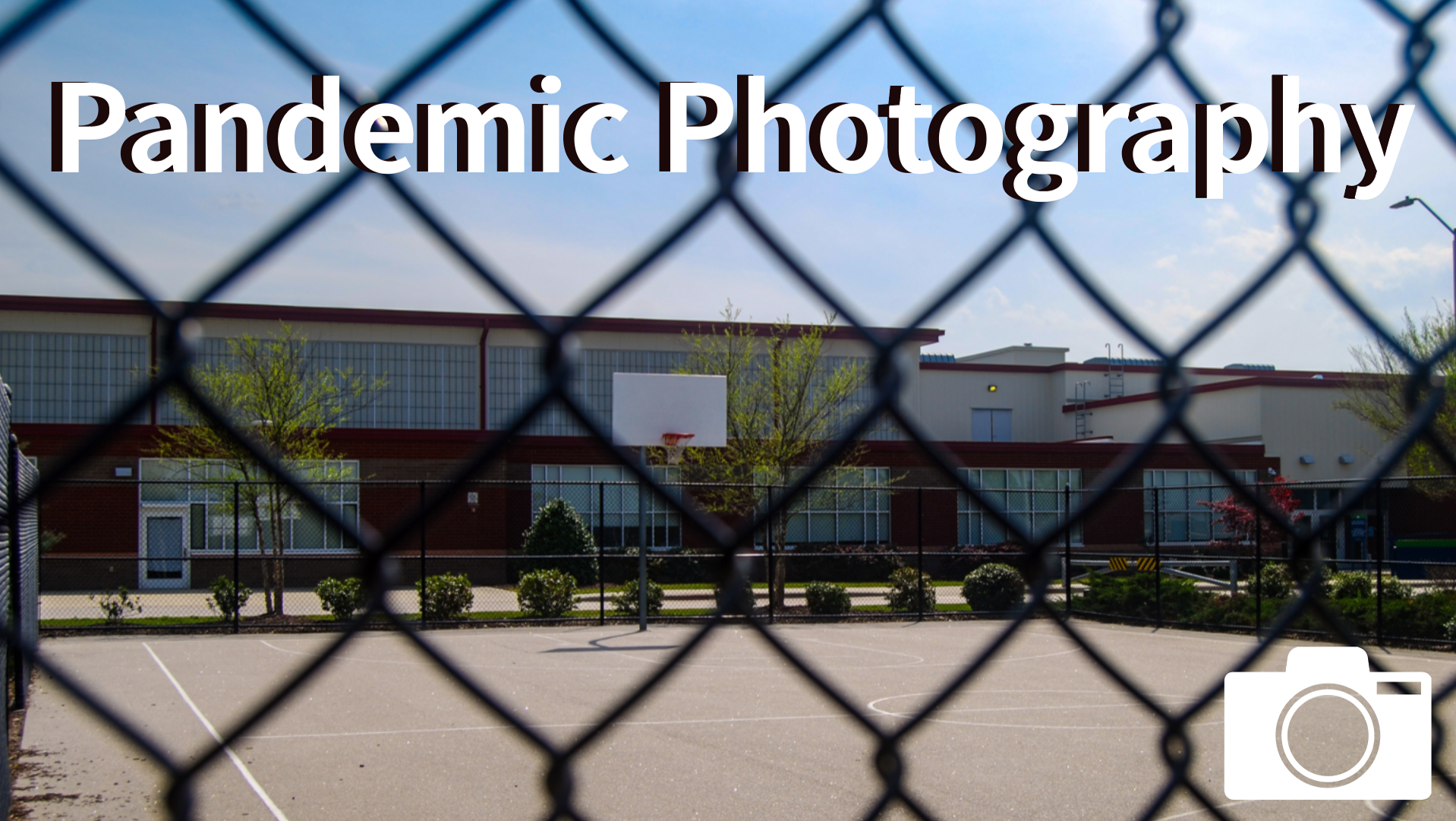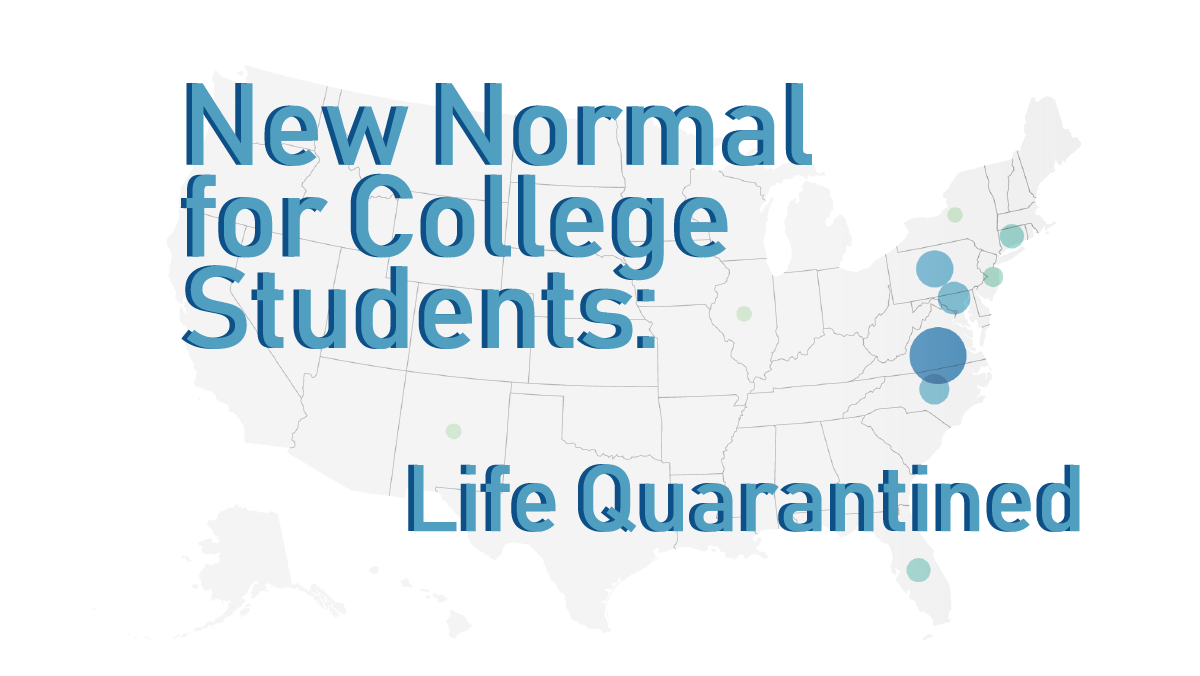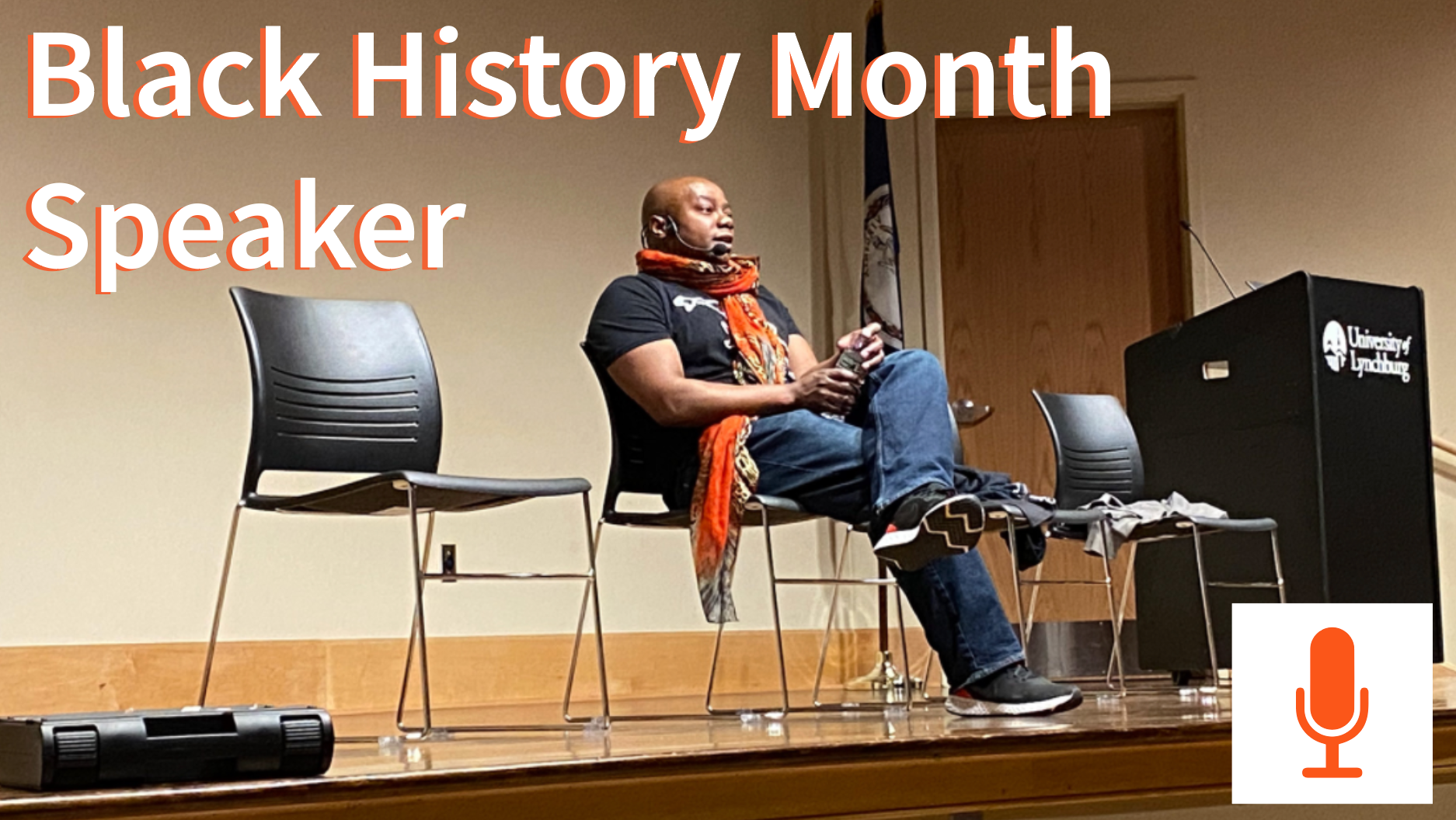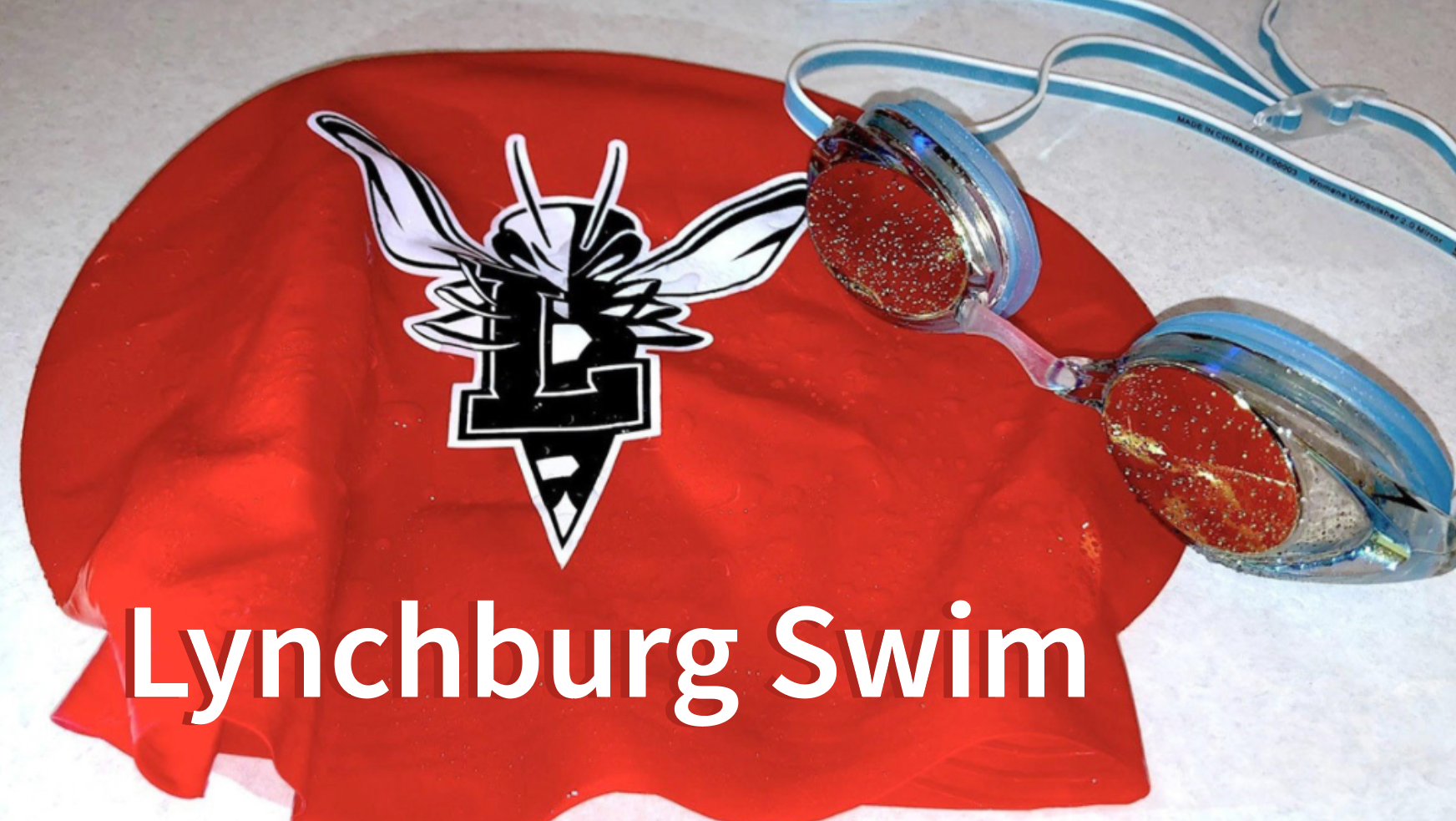Covid-19 and its Effects on Super Bowl LV Commercials
9 May 2021 | ENG 515 | by Sarah Barnes
In America, there is one sporting event so colossal that even non-sports fans tune in - the Super Bowl. The “big game” is the annual championship game of the National Football League. In February 2021, the Tampa Bay Buccaneers and the Kansas City Chiefs squared off to see who would be crowned Super Bowl LV champs. Each Super Bowl has nearly 100 million viewers tuning in to watch the event, which includes not only the game itself, but also the elaborate half-time show and iconic advertisements. In its entirety, this event costs hundreds of millions of dollars and brings in approximately $400 million to the host city.
Historically, the viewership of the Super Bowl leans toward football fans, as well as fans of other sports who enjoy a good, competitive game. However, as other forms of entertainment have been incorporated into the four-hour game slot, more and more people from different audiences have tuned in. The addition of giant half-time shows and memorable commercials accounts for the large viewership each year.
Because of the sheer magnitude of viewership for the Super Bowl, marketers and advertisers will pay top dollar for the coveted commercial space. On average, a 30-second commercial slot can cost upwards of $5.5 million, on top of already high production costs. Companies know these ads will be seen live by millions, talked about the next day at work, and judged against competing companies’ ads. To accommodate this diverse audience, advertisers must both curate an ad that pleases a majority of the game’s viewership and is clever enough to remember, or even better, persuasive enough for a viewer to follow through with the ad’s call to action.
Let’s look at the kind of information advertisers may consider when tailoring the perfect advertising campaign for this year’s Super Bowl. According to a study, the likelihood of a male watching the Super Bowl in 2021 is 47% very likely and 24% somewhat likely. For females, their likelihood is a little lower, with 28% of females very likely to watch and 22% of females somewhat likely to watch. On average 60% of Americans intend to watch Super Bowl LV. The likelihood of viewership can be caused by several things, such as which teams are competing in the big game. These statistics can be further broken down based on age, race, and income as well. For example, statistically, the younger the generation is, the less likely they are to watch the Super Bowl. With that in mind, companies must decide what message they want to promote. If their viewership leans older but the company’s target audience is Gen Z, they will have to craft their ad in a way that shares the right message.
In 2021, only 96.4 million viewers watched the game - making Super Bowl LV the lowest watched Super Bowl since 2007. The highest viewed game was the 2015 Super Bowl between the New England Patriots and the Seattle Seahawks. So what contributed to such low viewership of the 2021 Super Bowl? Why was 2021 different from recent Super Bowls? And what does this mean for companies trying to advertise their products? The single glaring answer is that 2020 was a tough year for America. Viewers could not celebrate the game like they usually do with massive watch parties at homes or bars.
How could advertisers appropriately highlight 2020 without glorifying the historic year?
The year 2020 will go down in history for many reasons: a life-altering global pandemic, social unrest, and political polarization. After a year like 2020, it was an incredible feat to stage the Super Bowl. Due to the Covid-19 pandemic, in the months leading up to the game, Americans underwent quarantines, social distancing, and mask mandates. To add fuel to the fire, civil rights protests took place over the summer, and the November Presidential election created long lasting political turmoil. With so much going on in America and all over the world, advertisers had an exceptionally heavy responsibility when creating relevant and meaningful ads for the 2021 Super Bowl.
Companies had several different approaches they could take when it came to creating an ad for Super Bowl LV. I have categorized these approaches into the three categories described below:
1 - No Commercial: Opted out of creating and running an in-game Super Bowl commercial.
Example: Pepsi-Co
2 - Typical Super Bowl Commercial:Created and ran a commercial with no apparent acknowledgement for any of the negative events of 2020 and early 2021. These commercials could have been aired any year.
Example: Doritos 3D | Flat Matthew Super Bowl LV
1 - No Commercial: Opted out of creating and running an in-game Super Bowl commercial.
Example: Pepsi-Co
2 - Typical Super Bowl Commercial:Created and ran a commercial with no apparent acknowledgement for any of the negative events of 2020 and early 2021. These commercials could have been aired any year.
Example: Doritos 3D | Flat Matthew Super Bowl LV
3 - Atypical Super Bowl Ad - Mentions 2020: Created and ran a commercial that addressed the unique societal reality most people faced in the last twelve months. These are the commercials that would only resonate with someone who lived through 2020 and would not make sense having aired prior to 2020.
Example: Bud Light Seltzer Lemonade | Last Year’s Lemons
Example: Bud Light Seltzer Lemonade | Last Year’s Lemons
Each company, in general, knew how their commercial would be received by the viewers, based on their understanding of their specific customer demographics, recent historical events, and their normal commercial strategy to create a successful Super Bowl ad. In 2020, with its ongoing protests, country-wide quarantines, and election stress, advertisers had a unique power in their 30-second video.
Historically commercials appeal to potential customers by using emotion to move people, comedy to ease viewers’ minds, or possibly logic to show credibility. However, advertisers had a larger goal in Super Bowl LV. This was one of the first major opportunities for advertisements to resonate with an audience based on a recent shared global experience.
After observing this growing trend, I sought to better understand how companies were pivoting their advertising messages to both sell their product or service and acknowledge the new shared reality we were experiencing. I did this by analyzing all of the Super Bowl LV commercials to see which companies mentioned the events of the past year and how effective that message was.
So what made 2020 commercials different?
In viewing the advertisements during the game, I assessed nearly 100 companies that produced or typically produce commercials for the Super Bowl. I classified commercials as either “Atypical,” meaning an advertisement that only makes sense in 2020, or “Typical,” meaning the commercials could be shown any other year. Upon completing my review, there were fewer ads that fell in the “Atypical” category than I had anticipated. Of the nearly 70 commercials, over 80% would be considered a “Typical” commercial.
Companies that produced the “Typical” ads ranged from snack companies like Cheetos, Doritos, and M&Ms, to phone services like T-Mobile and Verizon 5G. One industry that stood out to me in this “Typical” commercial category was one that did not exist a few decades ago, and that is mobile apps. Below, I’ve listed the companies that ran a Super Bowl commercial that did not mention the pandemic or any of the events in 2020 and are what I would consider an “App” company
- Disney+
- DoorDash
- guaranteedRate
- Indeed
- Klarna
- Mercari
- Paramount+
- Reddit
- Robinhood
- TurboTax
- Uber Eats
- Disney+
- DoorDash
- guaranteedRate
- Indeed
- Klarna
- Mercari
- Paramount+
- Robinhood
- TurboTax
- Uber Eats
I think the companies who created these commercials may have taken the path of least resistance by not addressing the glaring issues in America. That being said, however I understand the public relations side of not wanting to sound biased or politically motivated. I find it very interesting that none of these “app” companies even mentioned the year 2020 in their ads. I hypothesize that this could be because most of these companies were actually benefiting from the pandemic.
The streaming platforms Disney+ and Paramount+ are profiting off of people quarantining at home, streaming shows and movies. DoorDash and Uber Eats are profiting off of customers getting food delivered rather than eating in restaurants while in-person dining is closed. Indeed, Klarna, Mercari, Robinhood, and TurboTax are all apps that involve finance, whether that means helping users find a job, finding the best deal when online shopping, investing their money, or filing their taxes. These companies are ones that advertise minimal transaction fees, no “middle-guys,” and other money saving characteristics for the financially-stressed consumer trying to weather the economic downturn post-pandemic.
“Atypical” advertisements are more interesting to analyze because, by their very definition, they are taking a novel approach to promote themselves in these never-before-seen times. Unlike the previously discussed commercials, if someone had seen a commercial that I categorized as “Atypical” in January 2020, the campaign would likely have fallen short of resonating with the audience, let alone getting the audience to purchase their product or service.
To dive deeper into Super Bowl ads that took this new approach, I studied advertisements that referenced one or more of the upheavals experienced by American society in the last year. Below I have highlighted five of the commercials I classified in the “Atypical” category, and I will discuss their qualifications for that categorization, analyze their incorporation of rhetorical devices, and judge their approach at resonating with a general audience. These commercials are the five strongest commercials of the Super Bowl when it comes to discussing this year's past events.
Bud Light Seltzer Lemonade | Last Year’s Lemons
This Bud Light Seltzer Lemonade advertisement very symbolically represents the year 2020. The line “2020 was a lemon of a year” truly captures the essence of how 2020 made the world feel. From cardboard cutouts in stadium seats to at-home haircuts, this commercial does a great job of mixing reality and humor; there’s nothing like laughing at your own pain to get through the situation. While this commercial does not directly say the words “pandemic” or “Coronavirus”, it still offers a lighthearted and powerful message that encourages its target audience to grab a Bud Light Seltzer Lemonade because it can be a representative cheers to the end of 2020. The success of this ad is directly correlated to its use of comedy and how it tackles the topic of 2020.
Ford | Finish Strong Extended Version
This Ford ad is very cinematic. A man’s voice says “Let’s hold the line, protect it, fight for it” because the pandemic is almost over and we need to finish strong. The symphony of music swells as a narrator says “We are so close, soon we will be what we were” with visuals of football games with a full stadium, packed concerts, and a lively wedding. This ad calls on your emotions in a way no other ad could. Its effectiveness is found in the combination of visuals, music, and voiceover. These three factors combined create a chilling and motivational ad that, while it was not funny or clever like typical Super Bowl commercials, it likely made more of an impact than any of the other ads from the “Typical” category.
Bass Pro Shops and Cabela’s | Get Back to Nature
Similar to the Ford ad, the Bass Pro Shops and Cabela’s ad utilizes symphonic music, a dramatic voice over, and incredibly cinematic visuals. After acknowledging the last year of being “cooped up” at home, the narrator says “the outdoors are wide open and they’re calling us like never before. In these trying times, we need nature more than ever”. I think this commercial speaks to a smaller audience than Bud Light’s and Ford’s because not everyone is an outdoorsy person, however I think this ad did a magnificent job convincing the audience to get outside, no matter what that looks like for them, because it is safe and enduring, especially when the challenges of this year are fleeting. This ad is so powerful because it toes the line between reminiscing on 2020 and looking forward to what we can do in nature.
NFL | As One
The commercial for the National Football League was also produced in a cinematic style. It had an inspirational soundtrack, a Vince Lombardi voice over, and visuals of nurses and people social distancing. While similar to others, this ad is very unique in that the first half of the commercial was pre-recorded while the second half was filmed live at the Super Bowl arena in Tampa, Florida right before for the game. It ended with Lombardi (as a hologram) saying to the crowd of fans in the stadium, “It’s not whether we get knocked down, but whether we get back up as one.” On the jumbotron, it read “It takes all of us” as a message of unity and hope that, no matter how hard 2020 was, we will get through this together. This ad successfully plucked at viewers’ heartstrings by reviewing the past and looking forward to the future.
Microban 24 | Keep killing bacteria for 24 hours
This ad has a unique style compared to the previous four. Since Microban 24 is a cleaning product, the creators of the ad really leaned into the logical argument of using their product. They didn’t directly compare their product to Clorox or other cleaning products to show how they were “better,” and they didn’t use any emotional arguments by saying cliches like “protect your family.” They simply stated that it “Kills 9.9% of viruses and bacteria initially, including the Covid-19 virus.” By being straightforward with statistics, they paint themselves as a reliable product that will keep people safe. This ad is so strong because it shows the new reality of many American’s lives while expressing that Microban 24 can help us stay clean.
Potentially more interesting than the companies who advertised in the 2021 Super Bowl were the companies who didn’t. Several companies who usually create a Super Bowl commercial opted out of running an ad in 2021, including Pepsi-Co, Budweiser, Coca-Cola, Hyundai, and Burger King. These companies opted out for a variety of reasons, most of which are very logical, based on the events of the past year. Budweiser, for example, used their commercial budget to donate $5.6 million to campaigns focused on Coronavirus vaccination awareness. By reallocating the money that would usually be spent on an in-game ad, Budweiser’s charitable act was likely more well received by viewers than companies who ran ads perceived as “tone-deaf.” Pepsi also did not produce an ad for the 2021 Super Bowl; however they reallocated the ad-expense to go toward their sponsorship for the half-time show.
No matter how a company chooses to advertise themselves on February 7, 2021, commercials are more successfully persuasive when they move us to action. In most cases, advertisers want their audience to do something - buy the product, use the service, or in some cases, make a societal change like masking, social distancing, getting vaccinated, and keeping hope alive. The rhetoric of advertisements is evident in its “means of persuasion”, ethos, logos, and pathos.
Ethos, the use of ethical appeals, are used in ads to highlight the credibility of a product or service, often with a spokesperson who they can attach the reputation of the product to their success. For example, a sports drink, like Gatorade, could use an Olympic gold medalist to vouch for how well their product works. Ethos arguments were present in the “Atypical” Super Bowl ads from 2021 since there really isn’t a celebrity endorsement that would be appropriate or provide credibility during this time period. This use of rhetoric is more likely to be used by an organization like the CDC with a doctor spokesperson or a COVID-19 survivor explaining why social distancing is important for society as a whole. While the NFL advertisement used (a hologram of) Vince Lombardi, he was not being a spokesperson for a product or service, rather the embodiment of the motivation needed to get through the pandemic together.
Advertisements that utilize logos use logical appeals such as facts and statistics. The best example from the five commercials above is the Microban 24 ad because it shows the lab-tested success of the cleaning product. Other potential companies that benefit from logos ads are brands that use guarantees to sell their products; “9 out of 10 dentists recommend,” “Dishes will be 80% cleaner,” and “Clothes will be twice as bright.” While these statements might not be 100% fact at face value (you may need to read the fine print), they persuade the audience that the product is the logical choice.
Finally, pathos is the rhetorical strategy that appeals to the viewers’ emotion. Super Bowl ads are notorious for using pathos appeals because the audience’s emotions are easily manipulated by visuals, audio, and messages. Three of the five ads I reviewed to be “Atypical” Super Bowl ads utilized pathos to persuade the audience. Many of these ads have a narrative feel, telling a story that is relatable, emotional, or motivational.
Target audiences react differently to various uses of these rhetorical appeals. Additionally, these three appeals can be combined to maximize an advertisement’s impact. Advertisers must know their target audience and adjust the ad accordingly. In the 2021 Super Bowl, I believe advertisers of the five highlighted “Atypical” ads did just that. They took what they knew about the typical target audience, coupled with the knowledge of what 2020 meant to most viewers, as well as the message they needed to share about their brand, and cultivated advertisements to paint their company in a positive light.
Another choice companies made that I believe painted themselves positively was by opting out of creating a Super Bowl ad. In the grand scheme of things, companies like Pepsi and Coke aren’t going to win many more customers by creating a more memorable ad than their competition this year. Those companies have such a loyal audience, they knew that strategically spending the money rather than an elaborate Super Bowl ad may be the best option for their public image. However, this move is not necessarily an option for newer companies who need this major advertising platform to grow their company. For example, a company like Microban 24, who is not the leading surface disinfecting spray, benefits greatly from a major ad like the one they ran in the 2021 Super Bowl, especially after a year of cleaning products flying off the shelves.
With a platform as large as the Super Bowl, companies knew they had a major societal responsibility to do their commercials justice. There were three choices companies could make and each one made a statement. By opting out of running an ad or taking that responsibility in their hands to acknowledge the world around them, these companies were able to maximize their platform to make the largest impact. The vast majority of companies may have come off unscathed, but the inability to pivot advertising strategy may become detrimental in the future. Based on my analysis of the 2021 Super Bowl ads, I predict that advertisers in 2022 will have a lot to learn from the choices companies made during the pandemic and will hopefully adjust accordingly to use their platform to maximize their positive impact on the world.


